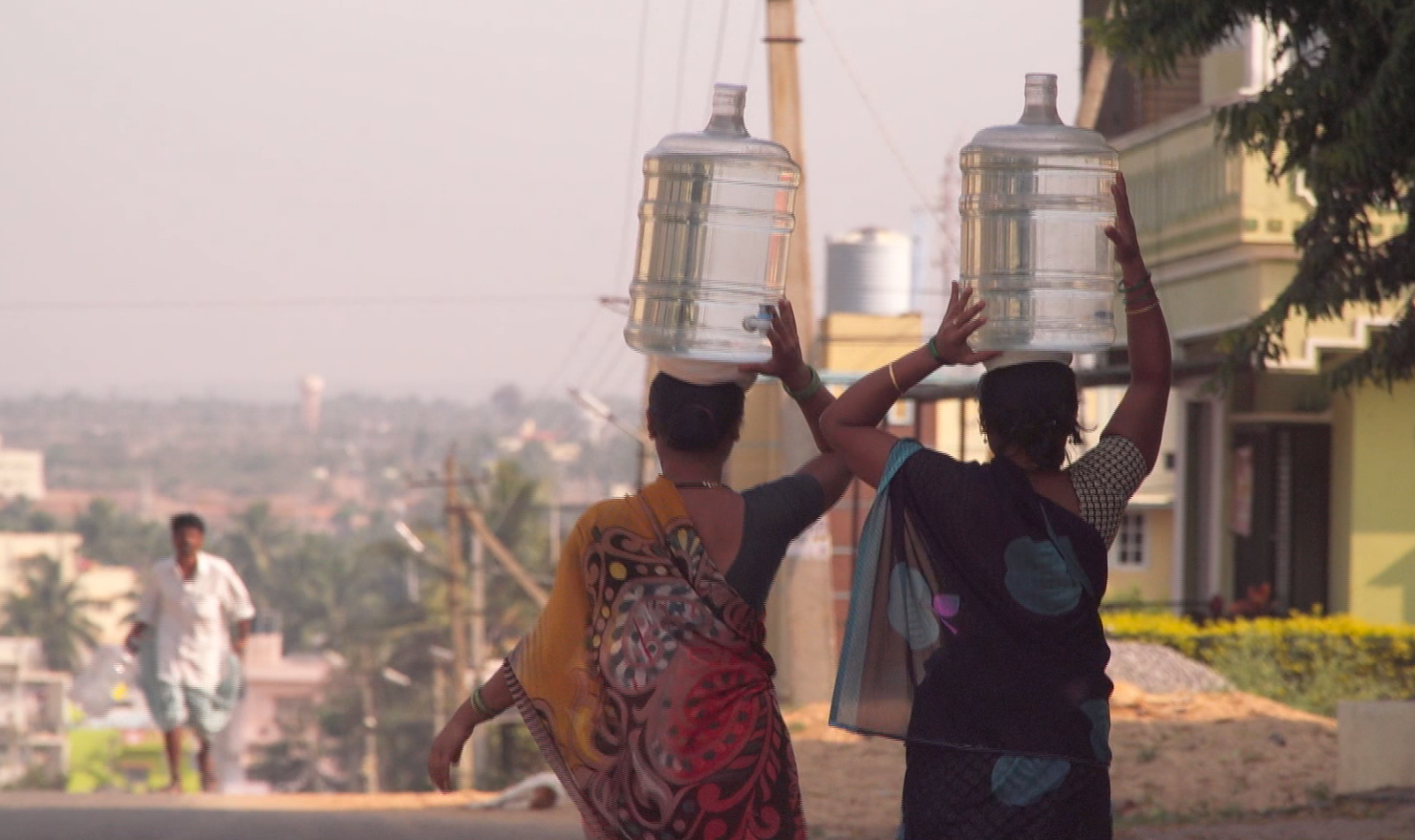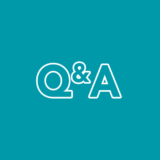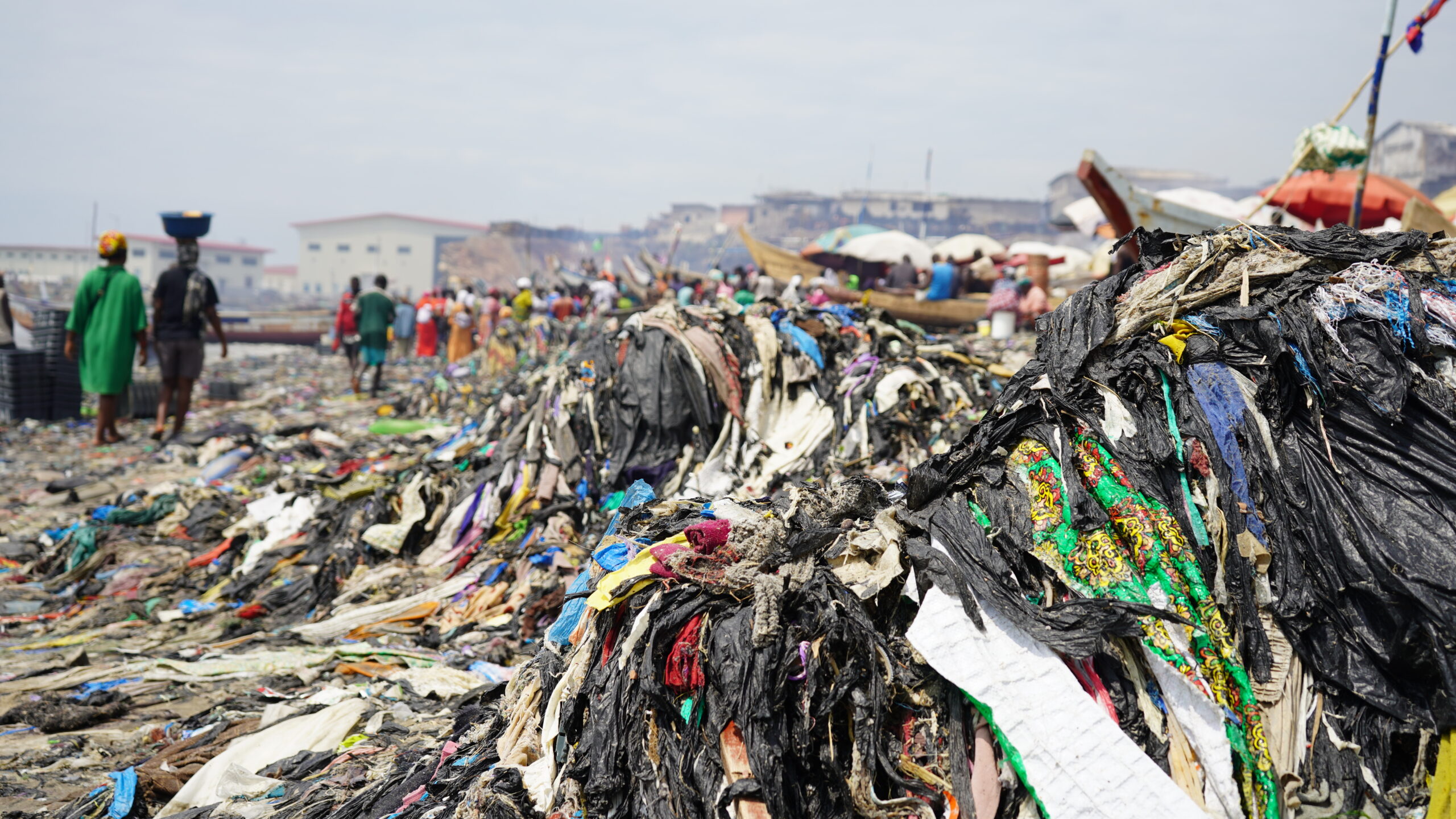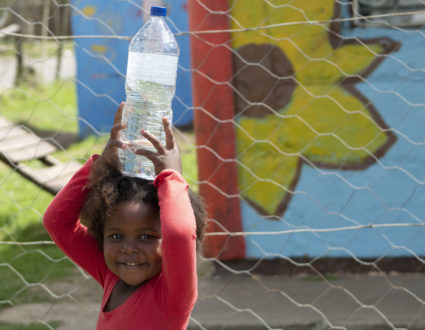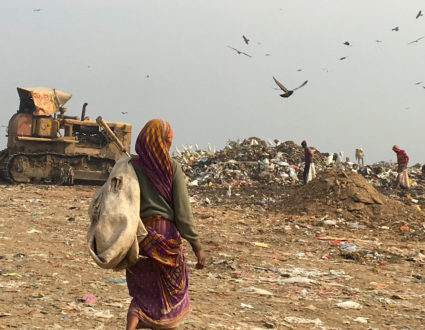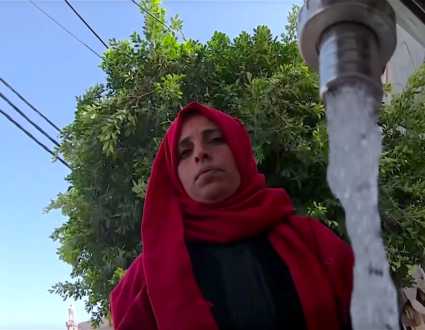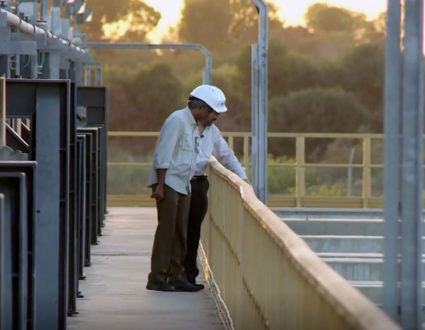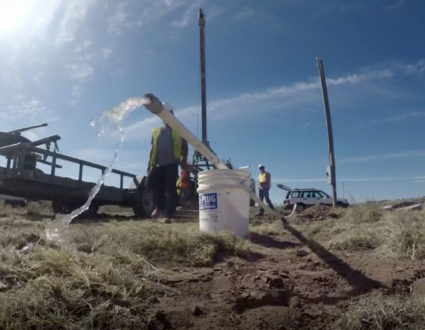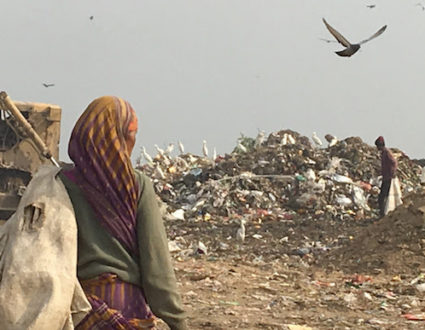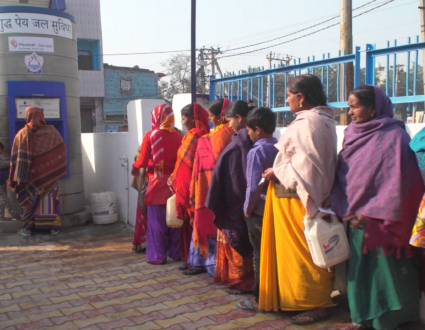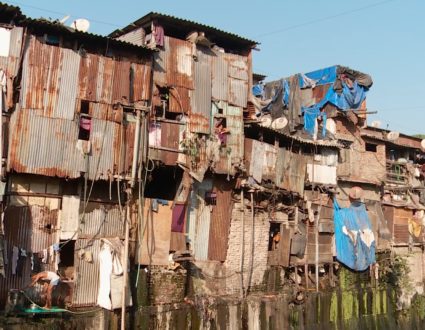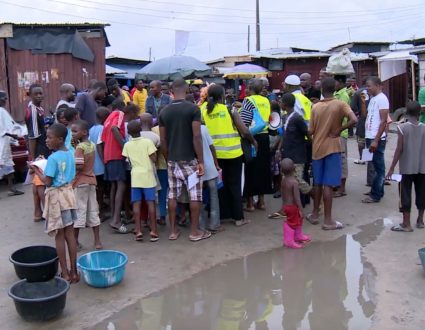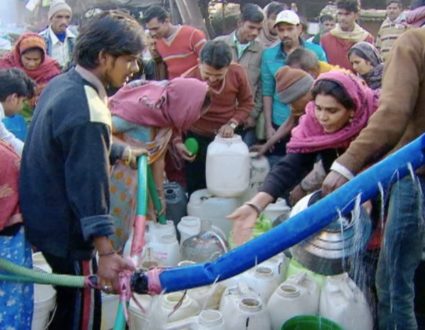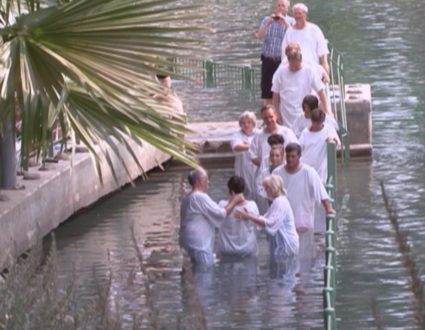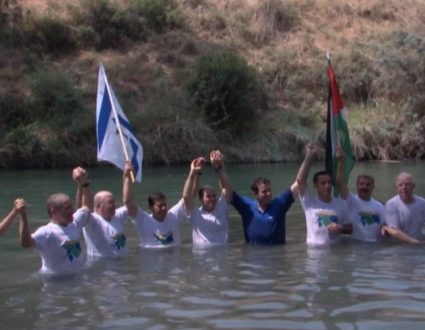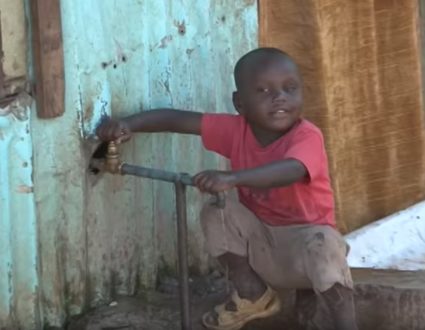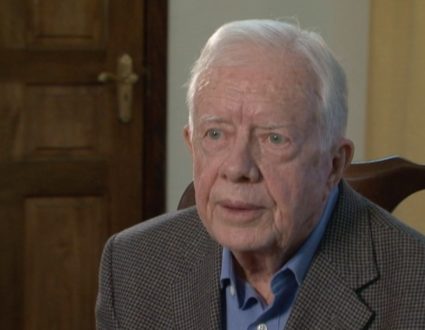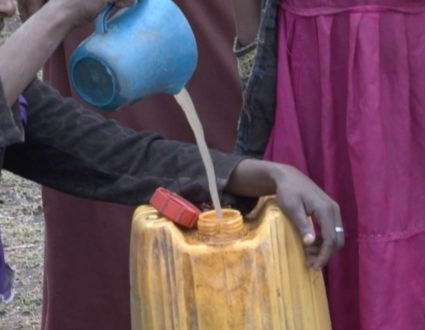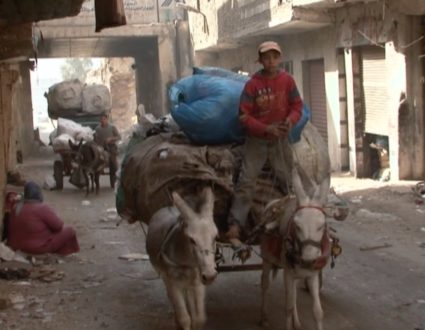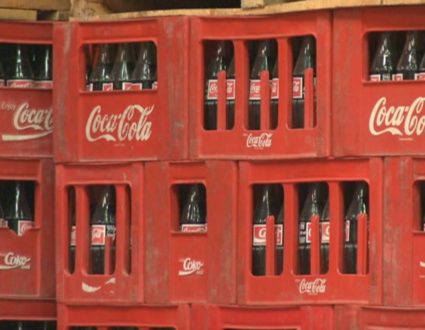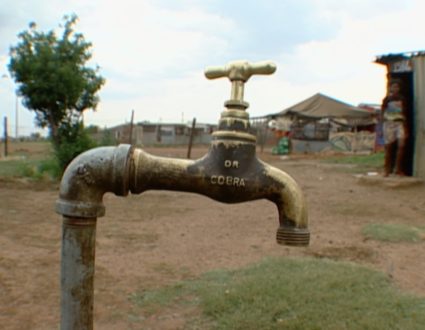JUDY WOODRUFF:India has the world’s largest number of people, about 76 million, without access to clean drinking water. And that’s according to a report the international charity WaterAid released last month.As special correspondent Fred de Sam Lazaro reports, an innovative solution to that problem is popping up across the country.His report is part of our Breakthroughs series.
FRED DE SAM LAZARO:The United Nations estimates that women in India spend a collective 150 million workdays every year just gathering water, water that’s increasingly scarce and polluted.Now, in parts of the country, including this Delhi suburb, an experiment is under way. It’s called a water ATM. Customers purchase credit on a prepaid card, scan it at the tap, and out comes water that’s drawn from the ground and purified right at the site, using a technology called reverse osmosis.Amit Mishra manages the Delhi facilities for a social business called Sarvajal, which hopes to use reinvest profits it makes to sustain these outlets over the long term.This where the water gets purified. It goes into the large tanks here storage?
AMIT MISHRA:Yes.
FRED DE SAM LAZARO:With charitable grants for the $30,000 of equipment and land given by the local government, Sarvajal can charge customers a fraction of the price of commercially bottled water, which most people here cannot afford.Fetching water remains a mostly female chore. It’s still self-service with heavy lifting. But it’s a massive improvement over what most of Delhi’s poorer neighborhoods have.
WOMAN (through interpreter):By 12:00?
FRED DE SAM LAZARO:We filmed their ordeal six years ago.
WOMAN (through interpreter):By 4:00.
FRED DE SAM LAZARO:The long wait for a municipal tanker truck that has no fixed schedule, the mad dash when it finally arrives.The city’s middle class buys its way out of such chaos. Jyoti Sharme lives in an apartment that’s hooked up to the city water supply, better off, but hardly well off.
JYOTI SHARMA, Activist:We get water 45 minutes a day in the morning, and that’s it.
FRED DE SAM LAZARO:From the city?
JYOTI SHARMA:Yes, into these storage tanks.
FRED DE SAM LAZARO:She described an elaborate jury-rigged system of pumps or motors homeowners use to extract water from the aging city pipes.
JYOTI SHARMA:These are all pipelines made by the people themselves. And these motors, they actually create a suction vacuum. So, if there is no water in the pipeline, any crack in the pipe will allow sewer or dirty water to get into the pipelines.
FRED DE SAM LAZARO:And things have hardly improved for most people since our 2010 visit.
K.H. PATIL, State Legislator:In India, every 21 seconds, we lose a child.
FRED DE SAM LAZARO:K.H. Patil is a state legislator and self-described water activist in the southern province of Karnataka.
K.H. PATIL:Because of contaminated water, the health of our children is really very badly affected.
FRED DE SAM LAZARO:Across India, it is contaminated by industrial and agricultural discharges and poor to nonexistent sewage treatment.I have got two glasses from either end of the purification process. This one has clean water. This one has the raw water that comes out of the ground. They’re indistinguishable to the naked eye, but Amit Mishra here has a meter to measure the total dissolved solids, and it’s here that you really see the difference. So, let’s do the clean water first.
AMIT MISHRA:So, the clean water says around 130 of total dissolved solids.
FRED DE SAM LAZARO:One hundred and 30, within the World Health Organization range for drinkable water.
AMIT MISHRA:Yes.
FRED DE SAM LAZARO:OK, and let’s go to the contaminated water now, 1,912.So, this is really like poison?
AMIT MISHRA:This is really like poison.
FRED DE SAM LAZARO:And it’s what many people consume: so-called raw water drawn directly from the ground, sometimes bottled and sold by unscrupulous, unregulated operators.
AMIT MISHRA:For our uneducated, there is no difference between the clean and the clear.
FRED DE SAM LAZARO:But among those who have literally gotten a taste of clean water, there’s growing awareness of the health benefits. In the tiny space that is living room, bedroom and kitchen, Poonam echoed what we heard from several Sarvajal customers, as she prepared the family dinner, carefully pouring the water that’s just as precious as her staple rice.
WOMAN (through interpreter):In the past, we always suffered from upset stomachs, frequently running to the latrine. We had to go long distances to pick it up, and so we would buy water, and that was full of chemicals. This water is really good.
K.H. PATIL:People see what is happening, and with all that, now they are getting educated.
FRED DE SAM LAZARO:And Minister Patil says governments at all levels are starting to respond to the drinking water crisis.The Karnataka government, for example, has commissioned 7,000 kiosks or ATMs like this one in a semirural area, pinning high hopes on technology and on private companies that run these facilities that will have an incentive to improve the notoriously unreliable service.For your incentive to keep the thing running properly is very plain to see. You will lose money if the system is down.
AMIT MISHRA:Yes.
FRED DE SAM LAZARO:Still, he says, despite many satisfied customers, growth has been slower than Sarvajal had planned.The politics are complicated, he says, in the world’s most populous democracy, even for life’s most basic necessity.For the “PBS NewsHour,” this Fred de Sam Lazaro in New Delhi.
JUDY WOODRUFF:And Fred’s reporting is a partnership with the Under-Told Stories Project at the University of St. Thomas in Minnesota.
Prepaid Purification
About 76 million Indians don’t have regular access to clean drinking water, the most of any country in the world. But a new nationwide experiment aims to address the water crisis with “water ATMs,” machines that purify water on site and dispense it through prepaid card swipes, an idea that is gaining traction with the prime minister on down.
Women in India spend a collective 150 million workdays every year just gathering water that’s increasingly scarce and polluted.
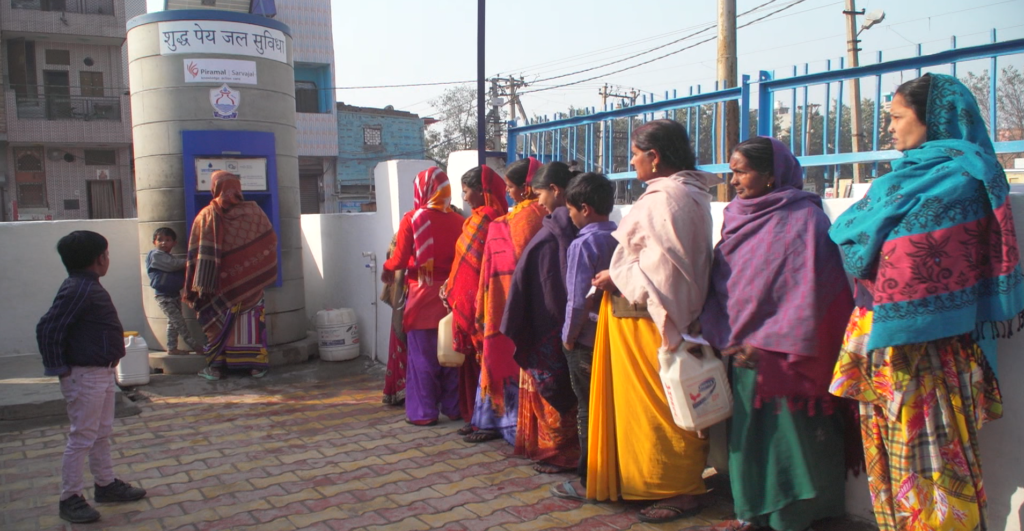
“For our uneducated, there is no difference between the clean and the clear.”
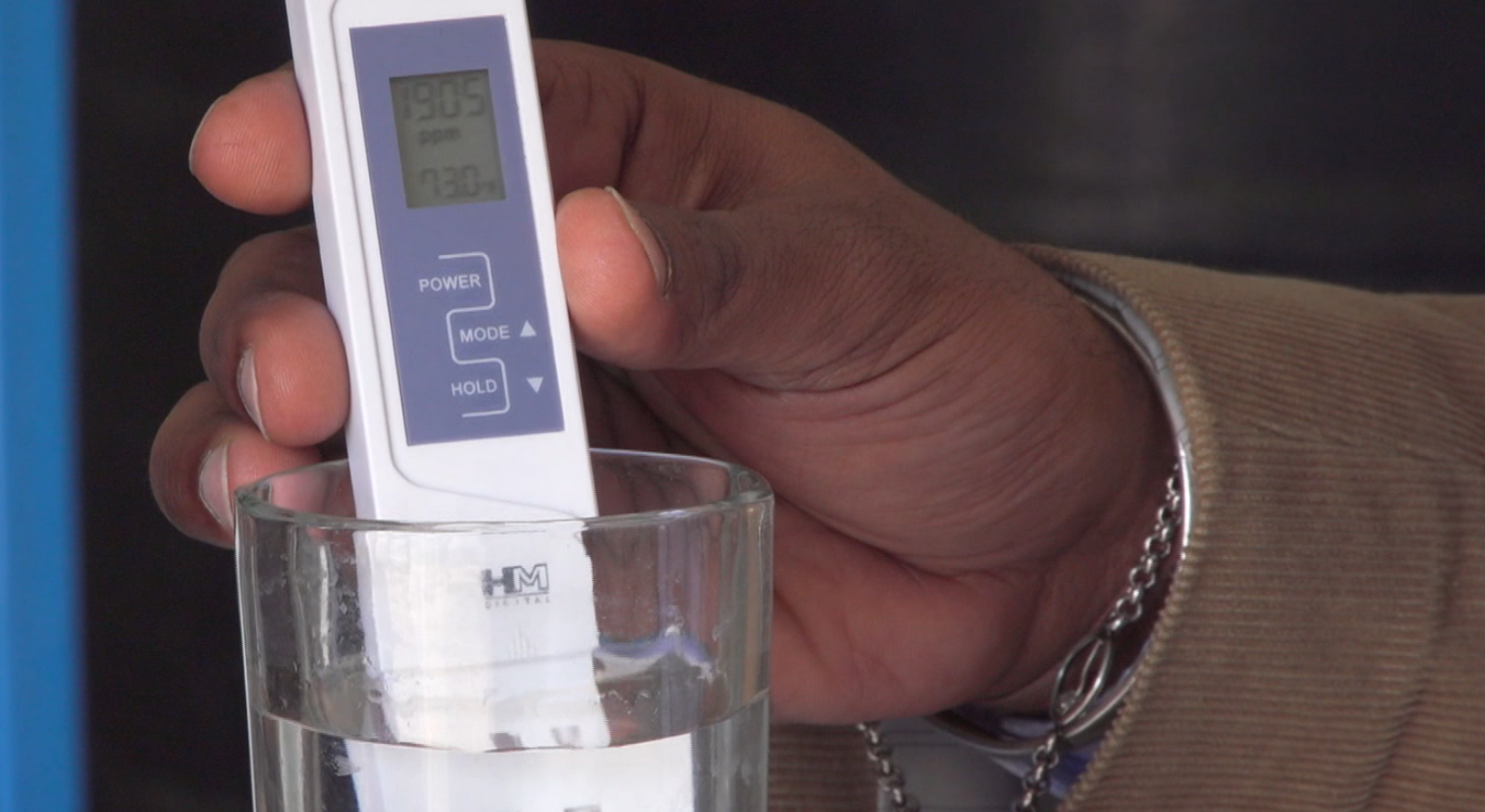
Like poison
A meter that measures dissolved solids in water shows a reading of over 1,900 in “raw,” unpurified water. Clean water that was tested showed only 130 dissolved solids, within the World Health Organization’s standards for drinkable water.
High hopes
The Karnataka government has commissioned 7,000 kiosks or ATMs in a semirural area, pinning high hopes on technology and on private companies that run these facilities that will have an incentive to improve the notoriously unreliable service: they will lose money if the system is down.
